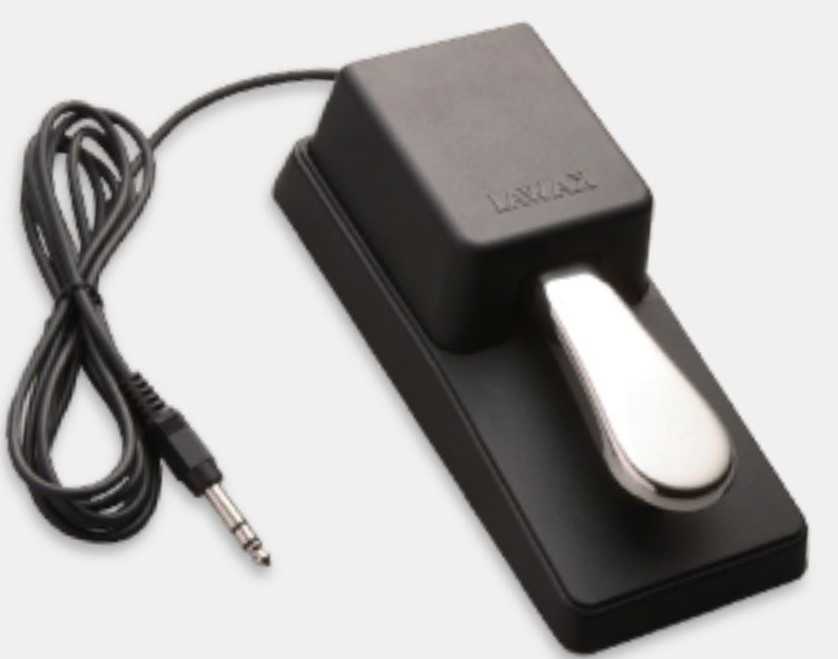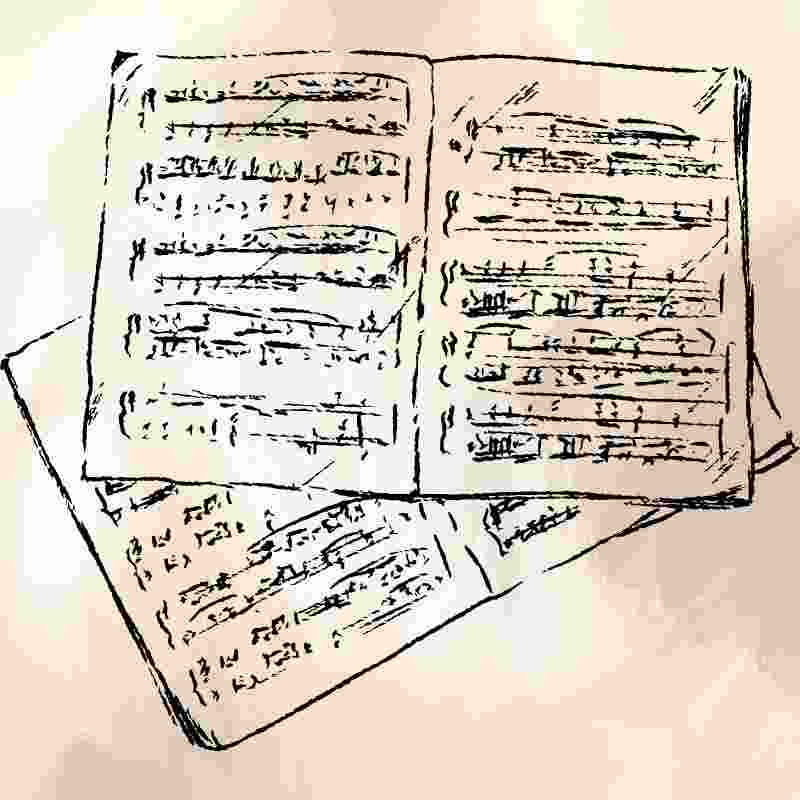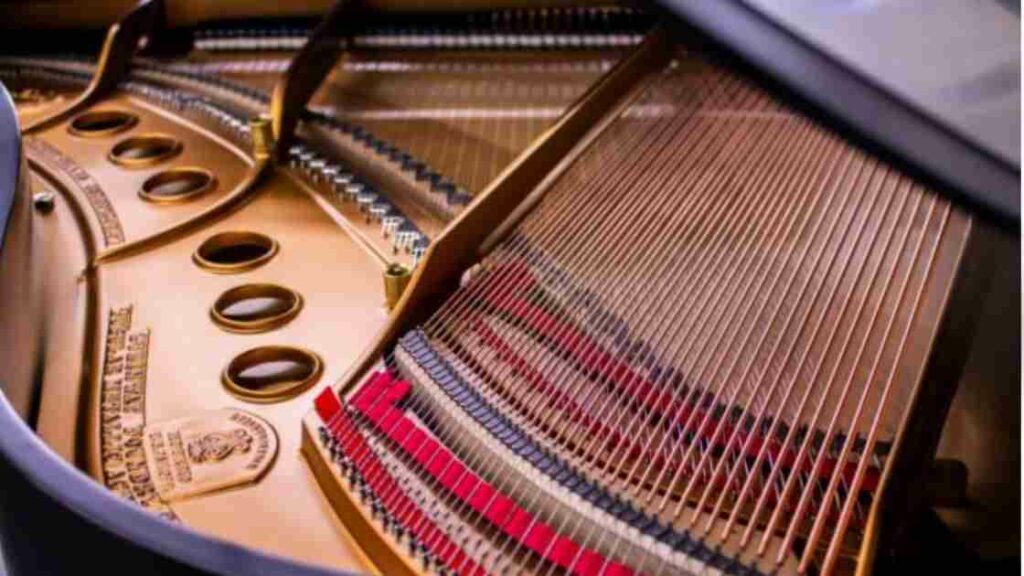One term often mentioned but not always fully understood in digital pianos is “polyphony.” You will encounter the polyphone concept if you shop for a digital piano.
Polyphony refers to the number of notes a digital piano can produce simultaneously. While this might seem like a technical detail, it holds significant importance in the realm of digital piano performance and composition.
This article aims to help you understand the role of polyphony. We’ll shed light on its impact and explain why it differs in importance from acoustic pianos.
Table of Contents
What is Polyphony in Digital Piano?
In essence, polyphony determines how many individual notes a digital piano can play at the same time without cutting off previously played notes.
For example, if a digital piano has a polyphony of 64, it can play up to 64 notes simultaneously. It sounds a lot, right? However, with the sustain pedal pressed and layering multiple sounds, you’ll hit the limit in no time.
Nowadays, most digital pianos offer at least 128 polyphony notes, and many reach 256.
Why You Need Higher Polyphony?
Since we only have ten fingers to play a maximum of 10 notes simultaneously, why do we need a digital piano with a maximum of 128 or 256 notes of polyphony?
Many causes can quickly raise the polyphony, particularly during advanced playing techniques or complex compositions.
Here are some common scenarios where hitting the polyphony limits might occur –
Layered Sounds
Many digital pianos have voice layering modes (a.k.a. Dual Mode), such as Casio PX-870 and Roland FP-30X.
When layering multiple sounds together, each sound consumes a portion of the available polyphony. For instance, you may combine piano with strings or choir voices and add drum tracks. The polyphony count can quickly deplete if many layers are added simultaneously, leading to note dropout or sound clipping.
Using Sustain Pedal

Employing the sustain pedal extensively can increase the number of sustained notes simultaneously.
In pieces with intricate pedal usage, especially those with dense chordal passages or arpeggios, hitting the polyphony limit is more likely as sustained notes accumulate.
Complex Arrangements
The polyphony limit can be reached in compositions with dense textures or intricate harmonies, where numerous notes are played simultaneously or in rapid succession.
This often occurs in advanced classical pieces, jazz improvisations, or modern compositions pushing musical complexity boundaries.
Musicians may encounter polyphony limits during live performances when playing with spontaneous improvisation or embellishments, particularly in demanding musical passages.

Split Keyboard Functionality
Digital pianos that offer split keyboard functionality divide the keyboard into different sections, allowing different sounds to be assigned to each section. When both sections play complex passages at the same instance, the polyphony count is effectively divided between them, increasing the risk of hitting the limit.
Moreover, some digital pianos allow you to split the keyboard, and each section can have layers of sound. This creates a tremendous demand for polyphony. For instance, the Yamaha YDP-184 lets you combine split and layering and comes with 256 maximum polyphony notes.
Applying Multiple Effects
Digital pianos often feature built-in effects like reverb, chorus, etc..
Applying multiple effects simultaneously can consume additional polyphony, especially if the effects are engaged to multiple sounds or layers within a composition.
The Impact of Polyphony
Polyphony is vital in digital piano performance, especially for advanced players and composers.
Consider a scenario where a musician plays a piece that requires using the sustain pedal while simultaneously playing intricate melodies and harmonies. In such cases, a high polyphony count ensures that every note sustains as long as intended. Additionally, it will not drop any notes prematurely due to the reaching of the polyphony limit.
Polyphony in Composition
For composers, polyphony opens up a world of creative possibilities. It allows for creating complex arrangements without worrying about note dropout or sound degradation.
Whether orchestrating a piece for multiple instruments or experimenting with intricate chord progressions, a digital piano with a high polyphony count empowers composers to realize their musical ideas on a digital platform fully.
Why Polyphony Doesn’t Matter in Acoustic Pianos

Interestingly, polyphony is a non-issue when it comes to acoustic pianos.
Unlike digital pianos, which rely on electronic processing to produce sound, acoustic pianos generate sound mechanically by striking strings. Each key on an acoustic piano corresponds to one to three strings. When the player presses down the sustain pedal, the string vibration diminishes naturally.
The instrument can produce as many sounds as there are keys without any limitation imposed by polyphony.
In essence, the concept of polyphony is irrelevant in the realm of acoustic pianos because there are no electronic processes involved that could lead to note dropout or sound limitation.
However, the trade-off is that acoustic pianos lack the versatility and flexibility of digital pianos regarding sound manipulation and composition.
Conclusion
In conclusion, polyphony is a fundamental aspect of digital pianos that significantly impacts performance, composition, and overall musical expression. With a high polyphony count, digital pianos can faithfully reproduce complex musical arrangements and provide a seamless playing experience for musicians.
Therefore, we recommend you purchase the digital piano that best fits your budget while offering the highest possible polyphony count, ideally 128 or more.
While polyphony is irrelevant in the context of acoustic pianos, its importance cannot be overstated in the digital realm. It also serves as a cornerstone of musical creativity and expression.
Related Articles:

